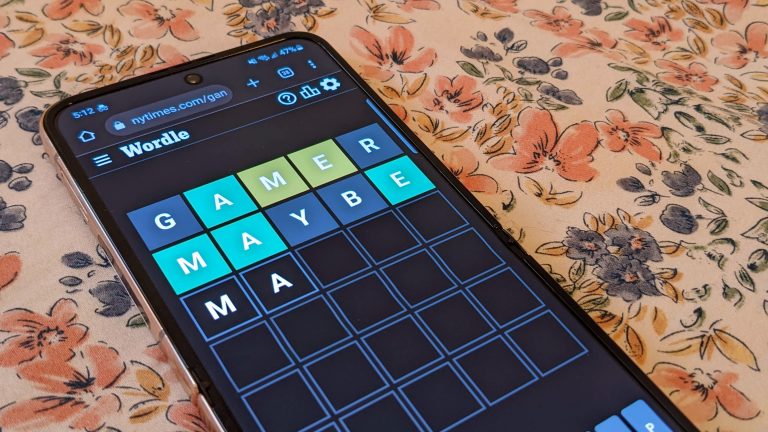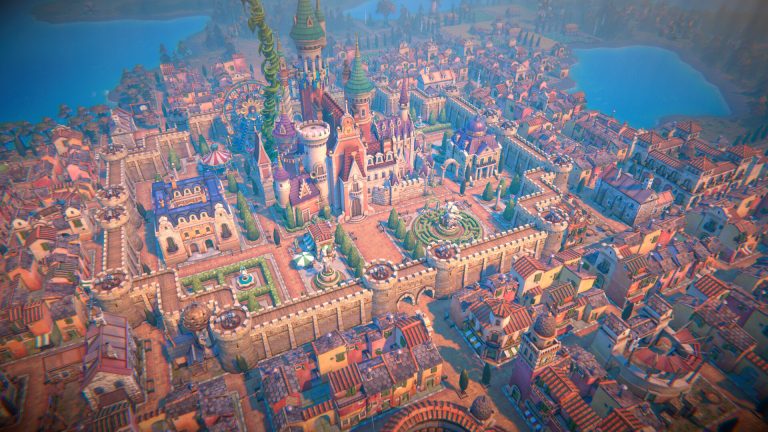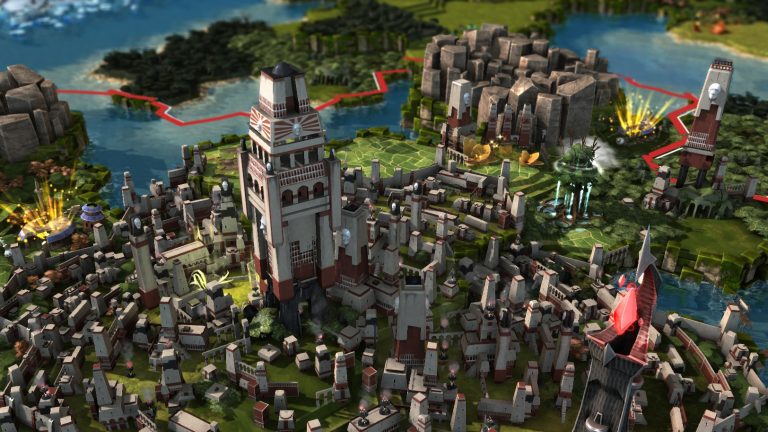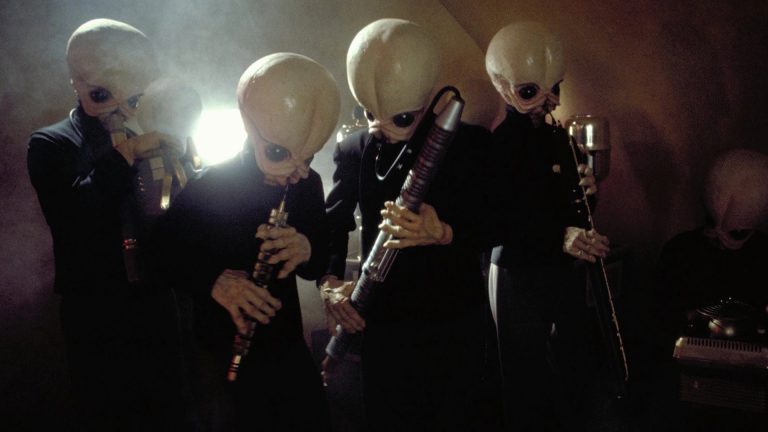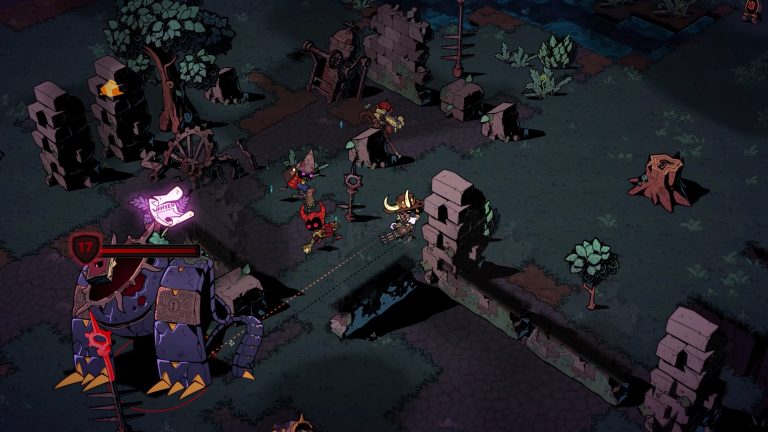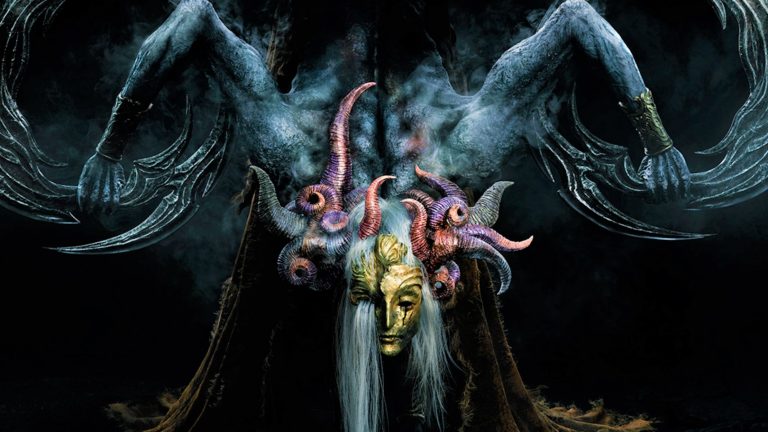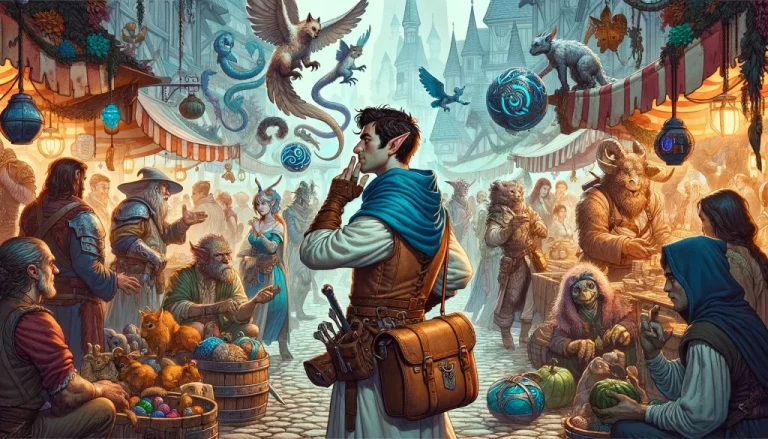In January 2021, Magic: The Gathering had one of those moments that went mainstream. The sale of a single Black Lotus card, an extreme rarity from the game’s first-ever set of cards, reached a final amount of $511,100 in an eBay auction. Previous examples of the Alpha Black Lotus (the first series of MTG cards is called the Alpha series) had gone for as much as $250K, but this more than doubled the record and the general reaction was of astonishment. Not that Magic: The Gathering cards can be valuable, that’s long-established, but that a single card could ever be worth half-a-million dollars plus change.
That particular trade was given legitimacy by the organiser, trading card investment firm and exchange PWCC, which regularly handles sales across various CCGs for high-value cards. But now an Alpha Black Lotus has apparently been sold, per the Certified Guaranty Company (CGC), for 3 million dollars. This sixfold jump in value, nevermind the headline figure, has the community in a mix of shock, disbelief, and wondering just what the heck is up.
The news initially came from an Instagram post by CGC, which is a company in Florida that specialises in grading cards. Grading is a key part of any collection or sale, in which an independent expert assesses the condition of a given item and assigns it a description-slash-value that reflects this: in the case of CGC, the numerical scale tops out at 10. Here’s the company’s statement:
“An Alpha Black Lotus, graded by CGC Cards, just fetched a jaw-dropping $3 MILLION, making it the highest-priced Magic: The Gathering card ever sold! Its sky-high price demonstrates the high value collectors place on CGC Cards’ Pristine 10 grade.”
The “Pristine 10 grade” is as good as you get but, even then, the $3 million price tag is remarkable. The seller was Adam Cai of Pristine Collectibles, and CGC notes it broke various records for cards it has previously certified, including “a 1952 Topps #311 Mickey Mantle Type 1 graded CGC 8 that realized $1,253,185 in a SCP Auction in December 2022.”
“This is one of the most amazing Alpha Black Lotuses I’ve ever seen,” said Cai, perhaps unsurprisingly. “It would undoubtedly be the centerpiece of anyone’s TCG collection.”
The previous record for a Magic: The Gathering card may seem close to that, the $2 million paid for the “One Ring” card from the Lord of the Rings crossover set by rapper Post Malone. But in this case there is literally one copy of that card in existence and a celebrity apparently worth over $50 million decided he wanted it: it’s the definition of a one-off valuation.
On the other hand there are multiple copies of the Black Lotus out there, albeit in varying conditions, and in theory that should keep valuations within a range of each other and count against gigantic spikes like this.
Magic?
Some sense of uneasiness permeates the reaction of Magic fans to this news. Redditor CardOfTheRings accuses CGC of “trying to legitimize their second rate grading service with a publicity stunt,” reasoning that no one would pay this value when there are “records of similar quality BGS cards capping out at ~500,000.” Many others express similar sentiments less politely, with some calling it “blatant laundry”, which is meant not in the sense of money-laundering but in terms of artificially pumping up card values to inflate the market more generally.
But CGC is a long-established force in grading, best-known for having the world of comics collecting in a vice grip, with a long-term interest in trading cards (initially sports-related), that in recent decades has been moving hard into CCGs. It is regarded with suspicion by some card collectors, and has had its moments of controversy in grading decisions: a recent example saw a YouTuber’s “factory damaged” Pokemon cards graded incorrectly, when in fact the owner had damaged the cards themselves. Such “gotcha” moments aside though, this is a huge and generally reputable company that the majority of the card-collecting market is willing to trust.
And then there’s the real kicker. While the buyer was initially anonymous, now they have an Instagram page, and have been posting photos showing, among other highly sought-after cards, the Black Lotus in question. Benjamin.be styles themselves as a “Grail collector” has interests in other card games outside MTG, including Pokémon, and told Kotaku he reckons this Alpha Black Lotus is among “the top two in existence… there are only two pristines, a BGS 10 and this CGC pristine 10.”
The buyer
Benjamin’s pride and joy. These are the grails from each of the top three TCGs in existence, Pokemon: TCG, MTG, and Yu-Gi-Oh!, all graded CGC Pristine 10. From L-R: Charizard Holo #4, Alpha Black Lotus, and the Legend of Blue Eyes White Dragon 1st Edition. (Image credit: Benjamin.be)
I reached out to Benjamin, who’s amused that I begin by highlighting the community’s suspicions of shenanigans. “When I bought the $90k serial Luffy card, people called it shenanigans also,” says Benjamin via DM. “And that was only $90k. High-end Magic cards go for a lot more than people realize. They don’t trade often and prices aren’t publicized.”
I ask Benjamin about these levels of card trading where sales tend to be private and publicised only in rare cases. One can understand this at a simple level: most people don’t want to advertise to the world they have a small and portable asset worth millions.
“Most things super high end and illiquid don’t go on public auctions because they won’t do well,” says Benjamin. “The seller needs to find that one buyer that values it correctly. There may not be a second buyer that has the means and the desire for that item. Auctions would require at least two people to bid it up. The market for a high-end piece like this is just very thin.”
It is clear that Benjamin collects cards at a rarefied level, and they use the example of another Black Lotus purchase that was never publicised, but beat the world record at the time. “I bought a Lotus BGS[-graded] 9.5 three years ago for $880k and that was never publicized, so the public only knows about a Lotus selling for ~$500k.”
As for this current purchase in that context: “This Lotus I got is much better than my previous Lotus, hence the higher price tag,” says Benjamin. “It’s also only the second pristine Lotus, so that added some value also.”
Nevertheless some have an issue with the grading, and that seems to bubble under all the other community talk about this trade. Benjamin acknowledges “CGC has a reputation problem, but I do like them a lot. I think they are more consistent and fair than the other grading companies.” As for CGC using the sale as a publicity tool, they’re totally cool with it. “I’m sure CGC is ecstatic about this transaction and announcing it helps them,” Benjamin told Kotaku. “They did ask me for permission to do it and I was fine with it. I do like CGC a lot and hope they do well.”
As far as the wild value attached to the card, the buyer is phlegmatic. “It’s really hard to price these high-end cards, but I feel like $3m is about right. Maybe I did overpay a bit, but I’m not buying to flip it. In the long run, it should do fine.”
What exactly the $3 million fee consists of was my big question and, when some suspected something was off about this, there is one thing they got right: the crypto factor. “The card was paid in BTC with 2 payments,” says Benjamin, “late last year and this year.”
A $3 million price tag is one thing but paid in bitcoin is another: BTC remains by far the most stable and valuable crypto-asset in the market, but is still subject to the volatility of the crypto landscape generally. Many will consider this a Luddite perspective, of course, but it feels hard to draw a 1:1 equivalence between bitcoin value and US dollar value.
Benjamin adds that this deal is part of a wider goal to build a CGC-graded set of the “Power Nine”, rare and OP cards from the first three MTG sets that include the Black Lotus. They’ve already completed their Beckett Grading Services-graded Power Nine set, you see.
This is card collecting at at a scale where the sums involved seem unfathomable at times: a funny world where condition and rarity mean a single trading card, to some anyway, is on paper worth as much as a mansion. This collection is a thing of true beauty, and who knows what drives someone to these things.
Benjamin calls themselves a “Grail collector”, invoking the mythical treasure that over history has been sought by everyone from the Crusaders to Monty Python, and perhaps in an era defined by pop culture it makes sense to create our own relics, to imbue them with mystical status and value. I doubt anyone’s going to start praying to Holo Charizards or seeking life advice from the Black Lotus flavour text. But whenever these grails are invoked, somehow, plenty of us genuflect at a distance.



